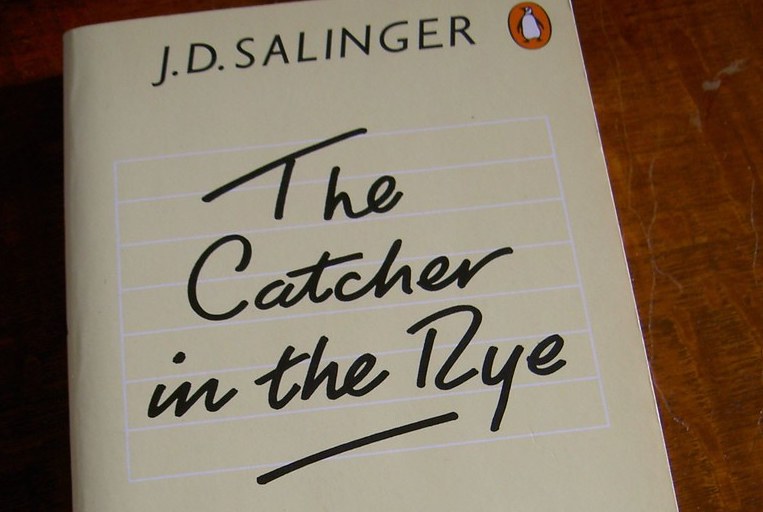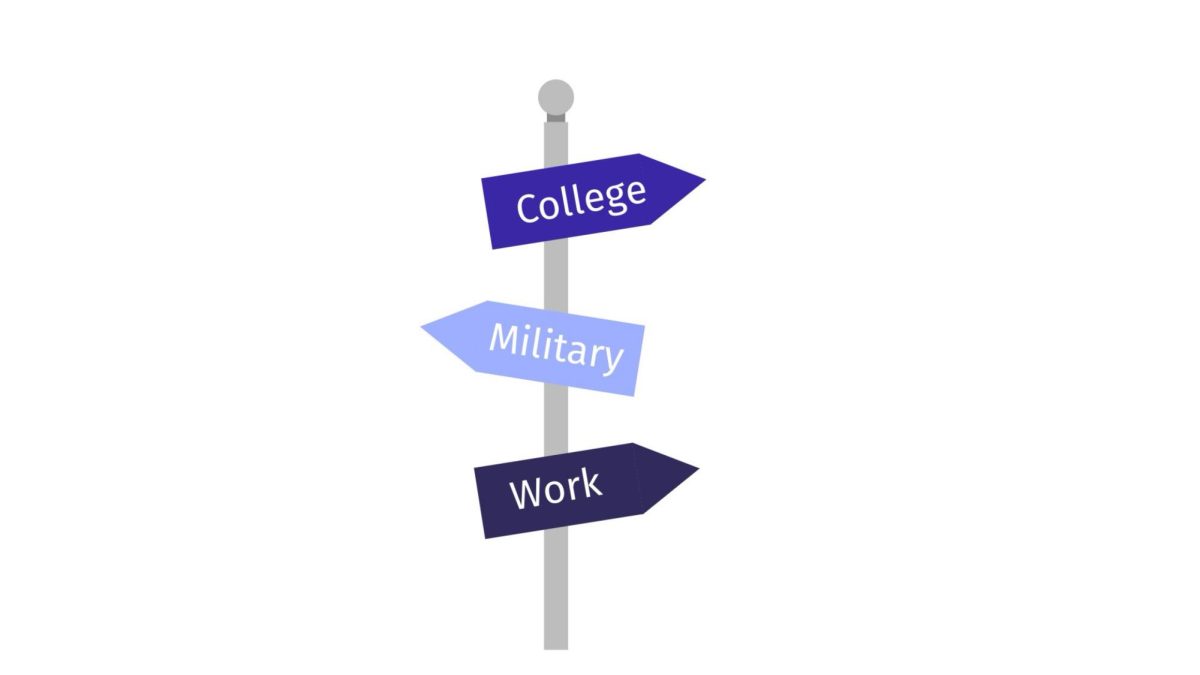“Catcher in the Rye”: To Read or Not to Read?
May 14, 2022
JD Salinger’s 1951 novel “Catcher in the Rye” is one of the most widely read books of all time, and has been a staple in English classrooms for decades. The novel is famous for its plotlessness, and whiny narrator Holden Caulfield, who essentially takes us through a few days in his life as he is expelled for the third time and feels as though he cannot return home, pessimistically monologuing the entire time.
The despairing tone of the novel causes many readers, high schoolers especially, to despise reading the book because of the main character.
“Holden Caulfield is a little whiny teenager, and he doesn’t deserve anything that he has,” senior Annie Hennen said. “He’s really just an annoying little boy.”
Many readers find the book boring or pointless. However, I loved “Catcher in the Rye” and personally believe its “annoying” narration is justifiable because it’s exactly correct. Holden Caulfield talks and acts like a teenage boy because he is, well, a teenage boy. He is constantly objectifying women and talking about sex because that is what teenage boys do. I find Holden’s inner monologue to be very realistic. You don’t like Holden because Salinger doesn’t want you to.
“Catcher in the Rye” greatly de-stigmatizes mental health as Holden Caulfield is clearly struggling with depression.
“What I really felt like, though, was committing suicide,” Salinger writes as Holden details his thoughts. “I felt like jumping out the window”.
One could argue that there are many modern novels that focus on mental health in teenagers. What makes “Catcher in the Rye” different is that it doesn’t glamorize depression. It doesn’t make mental illness seem like a plot line, something to spice up your storyline. JD Salinger writes depression like it really is, including symptoms like substance abuse, irritability, and recklessness in Holden’s character; whereas other writers tend to write depression as a romanticized sadness.
Holden’s actions are likely a reaction of his minimal friendships and socialization. As we are in the digital age of social media, “Catcher in the Rye” proves to us the importance of genuine human connection. Holden has nobody to turn to, so he turns to prostitutes and alcohol. This novel serves as a warning sign, urging readers to connect with those around them.
“It’s a respectable book,” Hennen said. “Holden Caulfield should be an example of what not to be like. We [read “Catcher in the Rye] for a summer assignment, and I really liked that. It’s a good book to read, because the writing is respectable.”
More than anything, “Catcher in the Rye” is an important part of school curriculum because it sparks discussion. Students have passionate opinions on the novel, whether they are positive or negative. All respectful discussion is healthy discussion, and “Catcher in the Rye” sparks plenty of that.
Technicalities aside, I enjoyed “Catcher in the Rye” because it was simply an enjoyable read. Maybe this is a personal opinion, but I found Holden Caulfield quite funny. His coined term “phony” is parallel to my own euphemisms, and as someone who is days away from graduation, attitude towards school doesn’t seem all that far-fetched.
Though Holden Caulfield is pessimistic and cynical, “Catcher in the Rye” has the potential to positively affect readers with the lessons it teaches, specifically to high school students.








